Knauf History
Gypsum—The “Miracle" Mineral
Gypsum (CaSO4 2H2O) is a rock-like mineral abundantly found in the Earth’s crust. It is usually white, colorless, or grey. It has been called a treasure granted to humanity by nature. It may seem unfamiliar at first, but it is everywhere. Thanks to its natural properties of being non-toxic and harmless, gypsum can be found in many fields of human endeavor, such as medicine, healthcare, food, art, and building construction. Due to its special characteristics of being fire resistant, decorative, heat insulating, temperature regulating, and highly compressive, gypsum has been favored for many years in the fields of building construction and decorating. As early as 9,000 BC, humanity had already made gypsum into plaster to be used in building and decorating. Plaster was discovered to be used in underground frescoes in the ruins of Catal-Huyuk located in modern-day Turkey. Plaster was also discovered in Israel in gypsum floor screeds formed in 7,000 BC. Archeologists discovered that during the reign of the Pharaohs in Egypt, gypsum was used as mortar to repair the Cheops Pyramid (3,000 BC). This is how the story started….
Using the treasure provided by nature to improve human life was the dream that started it all.
In the early 1930s, at a time when gypsum was not as broadly used as a raw material in building construction as it is today, the brothers Alfons Knauf and Karl Knauf started to become very interested in this 100% recyclable resource that has outstanding properties in terms of heat resistance and heat insulation. The natural far-sightedness and innovative spirit of the Knauf brothers, who were mining engineers, drove them to start to research this raw material of gypsum in hopes of being able to make full use of this outstanding mineral in building construction so that people could conveniently create safer, more comfortable, and more beautiful living environments. From that starting point, this white material was to become the center of their lifelong dream.
In their first step of making the dream come true, the Knauf brothers obtained mining rights for a gypsum mine near their hometown in 1932. They then established a plaster works in the Mosel region of Germany. From then on, their dream was carried forward step by step. In 1949, Knauf produced their first batch of plaster of Paris. In 1958, Knauf built a new factory in Iphofen, Bavaria and started to produce construction plasterboard. With the gradual recovery of the German economy, Knauf entered a period of fast development.
Knauf has now developed into an international corporation with businesses spread around the globe. The scope of businesses has expanded from plaster to various building materials such as cement, wood wool, mineral wool, and metals to create an all-new era and lead the sustainable innovation and development of building construction. This all developed from a little dream from 80 years ago to meet the needs for people’s living spaces to be safe, comfortable, aesthetic, and forward-thinking. The Knauf brothers’ original dream of using gypsum has been carried on to this day to bring excitement and hope to the world.
Milestone
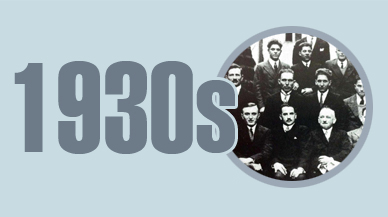
1932
Alfons and Karl Knauf acquired the mining rights to a gypsum quarry in Schengen (Luxembourg) and opened a plaster works on the Mosel
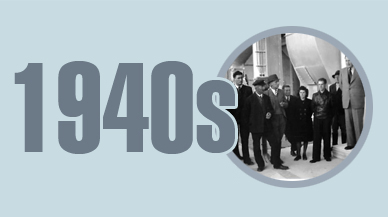
1949
Built a plaster work in Lower Frankish Iphofen
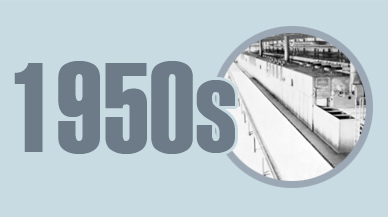
1958
Built the first gypsum construction board plant in iphofen
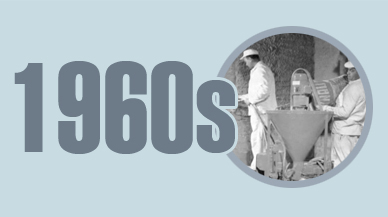
1964
Introduce the first machine-applied plaster (MP75)
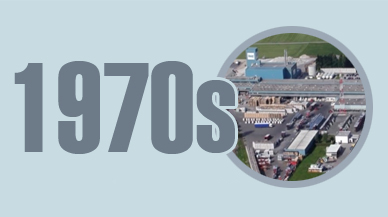
1971
The first foreign sister company was founded in Austria
1977
First successful attempts to use FGD gypsum as a raw material for production
1978
Entered the American market by taking over the present Knauf Insulation (Shelbyville USA)
1979
Acquired Richer System, the producer of metallic profiles and paneling for walls and ceilings
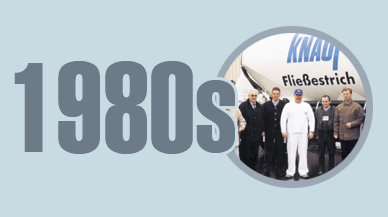
1980
Brought an anhydrite-based self-leveling floor screed onto the market
1987-1992
Commenced the introduction and development of activities in Southern and Western Europe
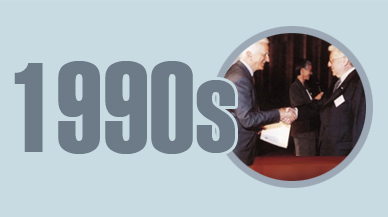
1992
Denmark: Acquired Danogips A/S and integrated it into Knauf group
1993
Russia: Acquired and modermized numerous sites
1995
Germany: Acquired 50% of the shared in AMF (Grafenau)Eastern Europe: Built a plasterboard factory, set a sales channel to cover Czechoslovakia, Hungary and the Baltic States
China: Built the first plasterboard factory in Wuhu, Anhui Province
1996
China: Built the second plasterboard factory in Tianjin
1998
China: Built the third plasterboard factory in Dongguan, Guangdong Province
1999
Croatia and Slovenia: Expand markets
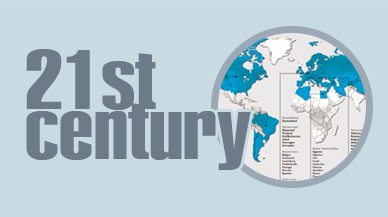
2000
Brazil, Latvia and Turkey: Put plasterboard production line into trial operation
2001
Argentina: Put plasterboard production line into trial operation
U.S. : Setting the third glass fiber factory
2002
European: Acquired insulation materials branch of ALCOPOR Group (Formerly Owens Corning)
Germany: Took over the remaining 50% of AMF (Grafenau)
Indonesia: Acquired a plasterboard factory
2004
Norway and Poland: Acquired NORGIPS AS with locations in Drammen (Norway) and Oppeln (Poland)
2006
European: Became key vendor for rock wool and wooden fiber in Middle and East European by acquiring Heraklith
Czechic: Put glass fiber production line into operation in Krupka
2007
Russia: Put glass fiber production line into operation in Stupino
Serbia: Expanded rock wool production line in Surdulica
China: Built the fourth plasterboard in Taicang, Jiangsu Province
2008
China: Imported Heradesign, Cleaneo, Danoline, etc. to Chinese market for fully supporting Beijing 2008 Olympic Games.
2011
Australia: Acquired plasterboard branch of Lafarge Group
2013
China: Put the fourth plasterboard production line into operation in Taicang